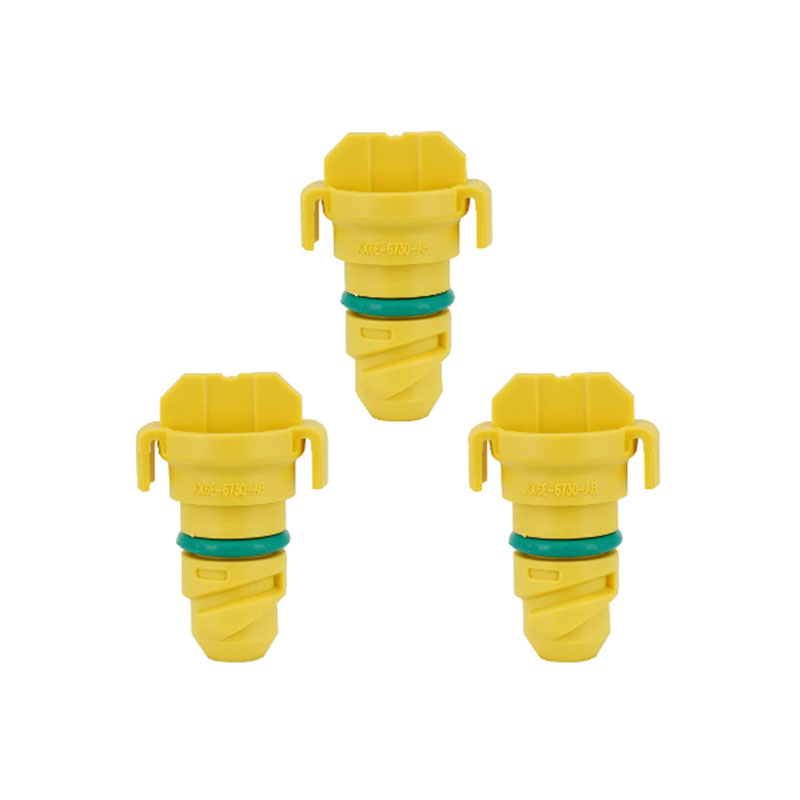drive shaft oil seal
Understanding Drive Shaft Oil Seals Importance and Maintenance
Drive shaft oil seals are often overlooked components in vehicles, yet they play a crucial role in ensuring the smooth operation of automotive drivetrains. The drive shaft is responsible for transmitting power from the engine to the wheels, and the oil seal is integral in maintaining the system's efficiency and longevity.
What is a Drive Shaft Oil Seal?
A drive shaft oil seal is a rubber or synthetic material ring designed to fit in the drive shaft assembly. Its primary function is to prevent the leakage of lubricating oil and to keep dirt, dust, and other contaminants out of the assembly. This seal is typically situated where the drive shaft connects to the differential or transmission, areas that experience immense rotational forces and pressure.
Why are They Important?
1. Preventing Oil Leakage The primary purpose of the oil seal is to prevent the lubricating oil from leaking out of the system. Oil is crucial for the lubrication and cooling of moving parts within the drive shaft assembly. A compromised seal can lead to significant oil loss, resulting in increased friction and wear on components, which can ultimately lead to costly repairs.
2. Protecting Against Contaminants Drive shaft oil seals also act as barriers against dirt and moisture, which could otherwise infiltrate the drive shaft system. The presence of contaminants can lead to corrosion and accelerated wear, greatly reducing the lifespan of the drive shaft components.
3. Enhanced Performance A properly functioning oil seal contributes to the overall performance of the vehicle. By maintaining proper lubrication and keeping contaminants out, the drive shaft can operate more smoothly, allowing for better fuel efficiency and handling.
drive shaft oil seal

Signs of Wear or Failure
Recognizing the signs of a failing oil seal is crucial for timely maintenance. Common indicators include
- Oil Spots One of the most telling signs of a failing oil seal is the presence of oil spots under the vehicle. - Noise Unusual noises from the drive shaft, such as grinding or clunking sounds, can indicate that the seal has failed, allowing dirt and debris to enter the assembly. - Slipping or Rough Handling A compromised oil seal may result in reduced performance of the vehicle, causing it to slip or handle roughly.
Maintenance and Replacement
Regular maintenance is essential to extend the lifespan of drive shaft oil seals. It is advisable to inspect seals during routine vehicle check-ups, particularly if there are signs of oil leaks or performance issues. If a seal is found to be damaged, it should be replaced immediately to prevent further damage to the drivetrain.
When replacing a drive shaft oil seal, it is vital to ensure that the correct size and type are used, as they can vary significantly between different vehicles. Using high-quality seals can prevent future issues and enhance the overall resilience of the driveline.
Conclusion
In summary, drive shaft oil seals are a small yet vital component of a vehicle’s drivetrain. Their role in preventing oil leaks and keeping contaminants at bay cannot be overstated. Regular inspection and prompt replacement of damaged seals can help maintain vehicle performance, extend the life of the drive shaft, and ensure a smooth driving experience. Taking care of these components will protect your investment and keep your vehicle running efficiently for years to come.
-
The Ultimate Guide to Car Repair Kits: Tools and Essentials Every Driver Should Own
News Aug.01,2025
-
The Complete Guide to Oil Pan Gaskets: Sealing Engine Leaks the Right Way
News Aug.01,2025
-
Preventing Oil Leaks: A Complete Guide to Oil Pan Gaskets and Drain Seals
News Aug.01,2025
-
Everything You Need to Know About Oil Pan Gaskets and Drain Plug Seals
News Aug.01,2025
-
Essential for Car Owners: How to Use a Car Repair Kit to Deal with Minor Breakdown
News Aug.01,2025
-
Comprehensive Guide to Engine Oil Sump Gaskets and Related Seals
News Aug.01,2025
-
The Ultimate Guide to Boat Propeller Bearings and Trailer Wheel Bearings
News Jul.31,2025
Products categories















